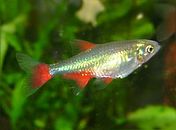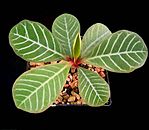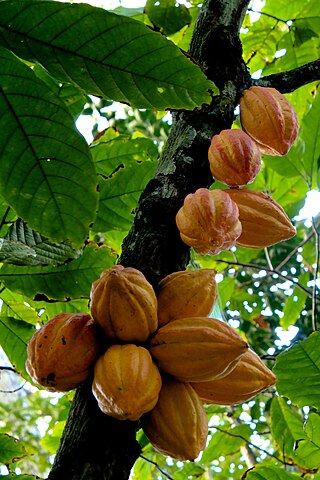Main Page
Welcome to Wikispecies The free species directory that anyone can edit. It covers Animalia, Plantae, Fungi, Bacteria, Archaea, Protista and all other forms of life. So far we have 626,169 articles Wikispecies is free, because life is in the public domain! You can also check us out on Twitter: @Wikispecies We also have an IRC Channel #wikispeciesconnect | Taxon Navigation
|
 |  |  |  |
Haloquadratum walsbyi | Sitta europaea caesia | Caloboletus calopus | ♂Aphyocharax anisitsi |
 |  |  |  Play media Play media |
| ♀Brachypelma smithi | Hippopotamus amphibius | Euphorbia leuconeura | Sarcophaga sp. with Tipulidae |
Explore Wikispecies
Collaboration with ZooKeys A collaboration between Wikispecies and ZooKeys has been announced. PhytoKeys also joined the collaboration in November 2010. Images of species from ZooKeys and PhytoKeys will be uploaded to Wikimedia Commons and used in Wikispecies. Distinguished author Georges Cuvier Georges Léopold Chrétien Frédéric Dagobert Cuvier (most often published simply as "Georges Cuvier") was a French naturalist and zoologist. He is sometimes referred to as the founding father of paleontology. Cuvier was a major figure in natural sciences research in the early 19th century and was instrumental in establishing the fields of comparative anatomy and paleontology through his work in comparing living animals with fossils. Cuvier's work is considered the foundation of vertebrate paleontology, and he expanded Linnaean taxonomy by grouping classes into phyla and incorporating both fossils and living species into the classification. Cuvier is also known for establishing extinction as a fact: at the time, extinction was considered by many of Cuvier's contemporaries to be merely controversial speculation. He is also remembered for strongly opposing theories of evolution, which at the time (before Darwin's theory) were mainly proposed by Jean-Baptiste Lamarck and Étienne Geoffroy Saint-Hilaire. Cuvier believed there was no evidence for evolution, but rather evidence for cyclical creations and destructions of life forms by global extinction events such as deluges (outburst flooding). Cuvier wrote hundreds of scientific papers and books. His most famous work is Le Règne Animal (1816–1817, four tomes; English title The Animal Kingdom). It sets out to describe the natural structure of the whole of the animal kingdom based on comparative anatomy, and its natural history. Cuvier divided the animals into four embranchements ("Branches", roughly corresponding to phyla), namely vertebrates, molluscs, articulated animals (arthropods and annelids), and zoophytes (cnidaria and other phyla). He is the author of thousands of new taxa, among them well over 5,000 species of fish and molluscs. In 1800 and working only from a drawing, Cuvier was the first to correctly identify in print, a fossil found in Bavaria as a small flying reptile, which he named the Ptero-Dactyle in 1809 (later Latinized as Pterodactylus antiquus). When the French Academy was preparing its first dictionary, it defined "crab" as "A small red fish which walks backwards." This definition was sent with a number of others to the naturalist Cuvier for his approval. The scientist wrote back: "Your definition, gentlemen, would be perfect, only for three exceptions. The crab is not a fish, it is not red, and it does not walk backwards." In 1819, he was created a peer for life in honour of his scientific contributions and is thereafter known as Baron Cuvier. See also: Distinguished authors of previous months. | Species of the monthCocoa Tree
Theobroma cacao Some facts on this tree: Tree height: 4-8 meters. Flower: 1–2 cm. in diameter, with pink calyx. Fruit, called also Pod: Up to 30cm long, yellow, brown and even purple in colour, usually with 10 ribs. Each pod contains 20 to 60 beans up to 3 cm long, which are usually arranged in five rows surrounded by a sugary pulp. Range: Native to the deep tropical region of the Americas. Cultivated also in Africa and Asia between ±15° latitude. Life-span: Up to 100 years, but cultivated trees are considered economically productive for only about 60 years. First described: By Swedish naturalist Carolus Linnaeus in 1753.
See also: Species of previous months |
Template:Especies-2018-12 |
Wikispecies in other languagesالعربية · |
Wikispecies is run by the non-profit Wikimedia Foundation, which operates several other multilingual and free-content projects:
|
